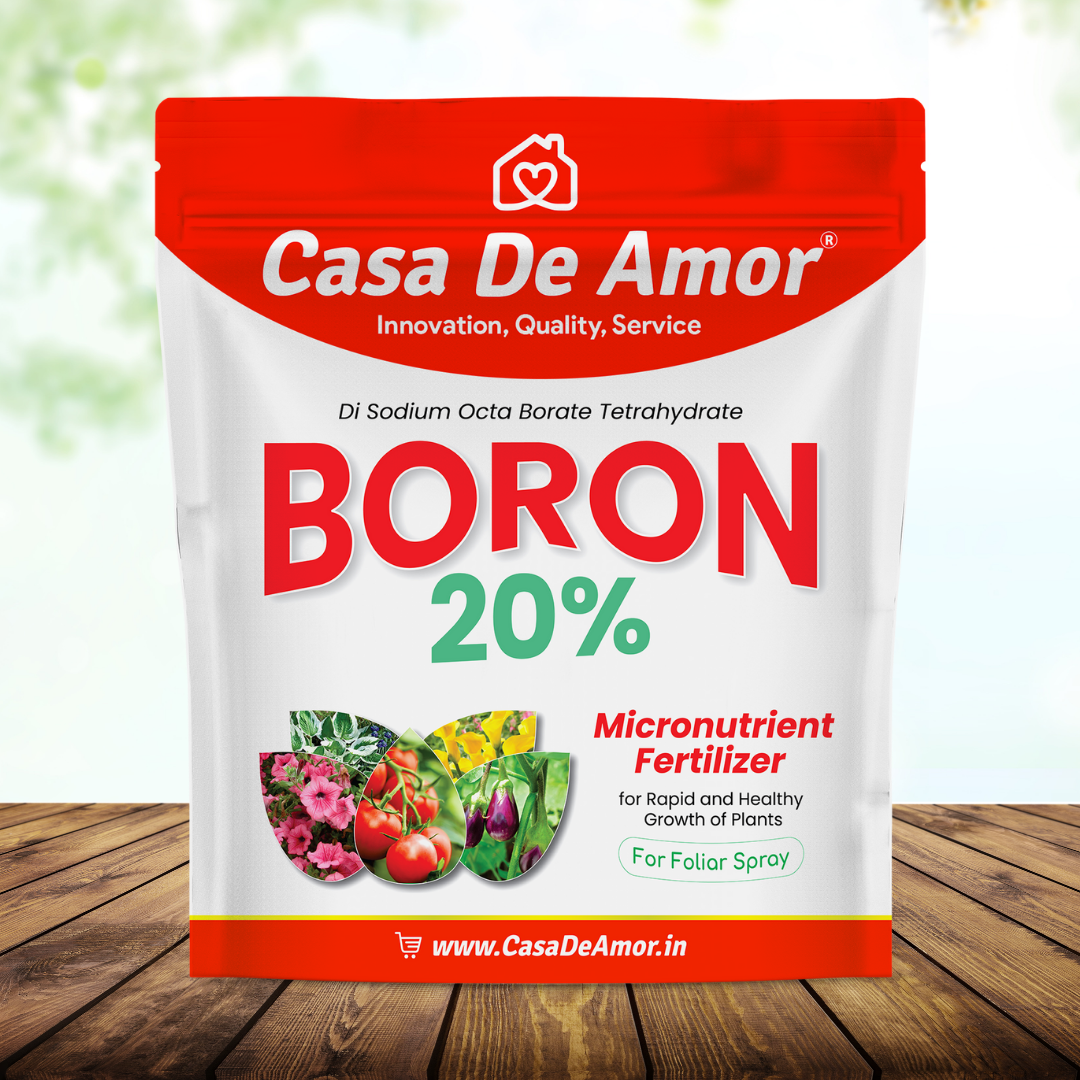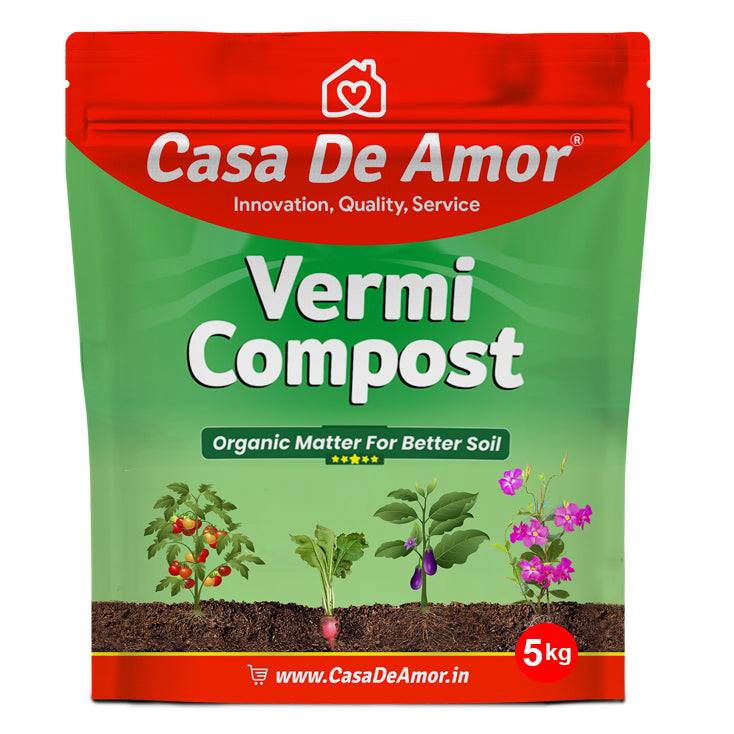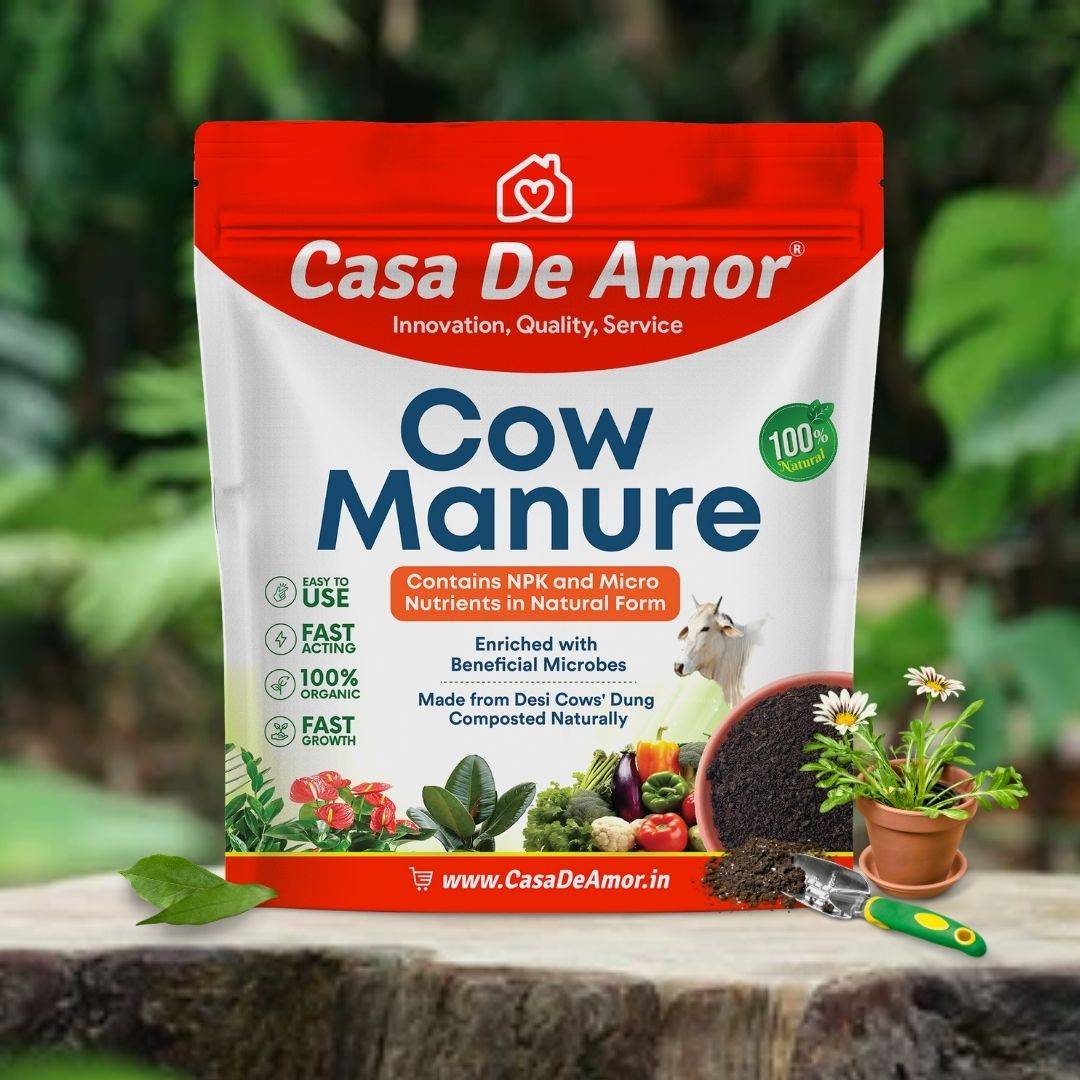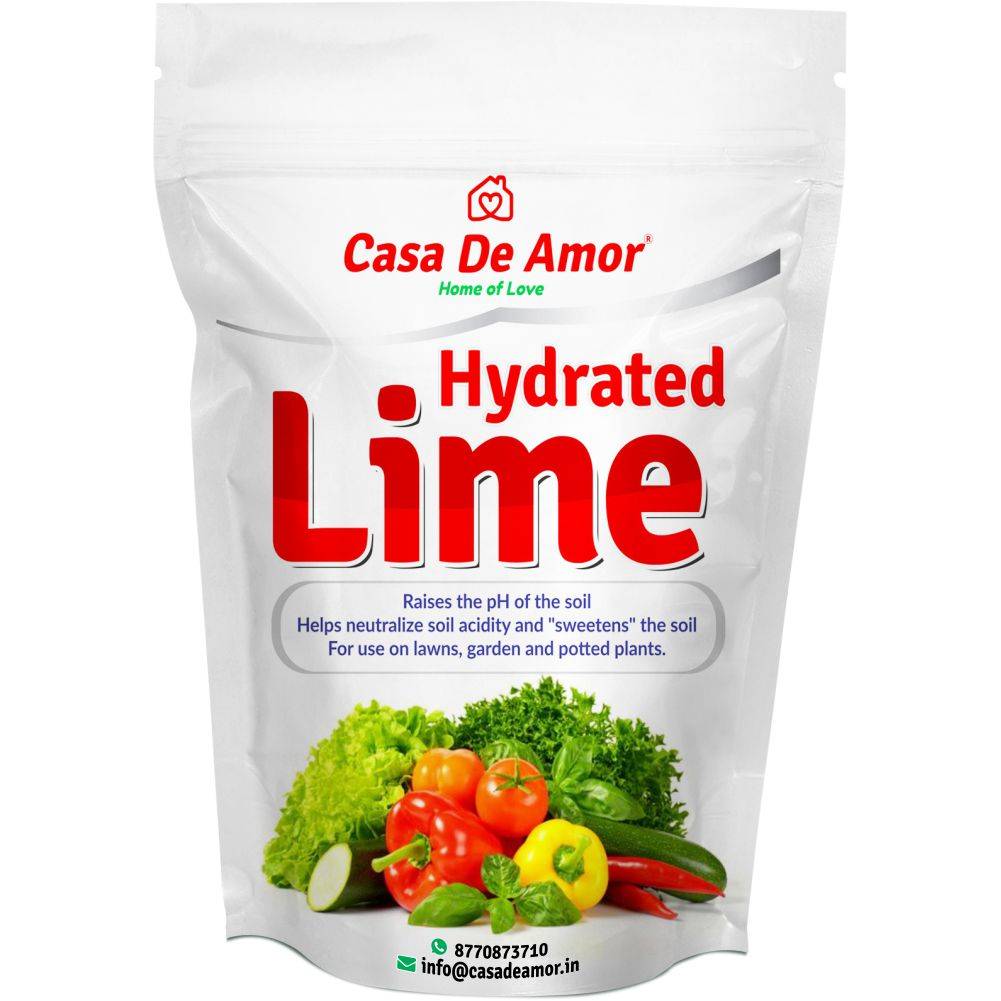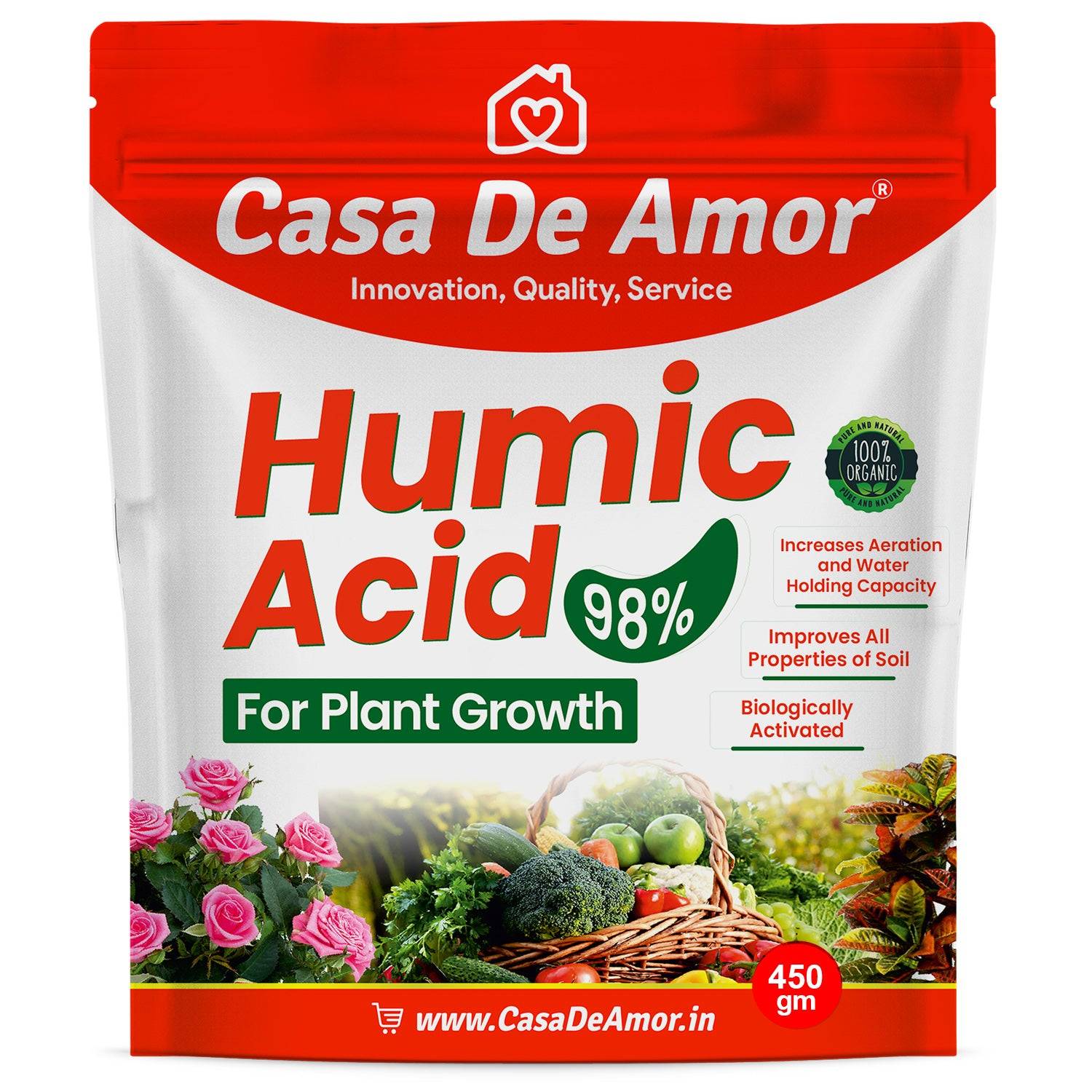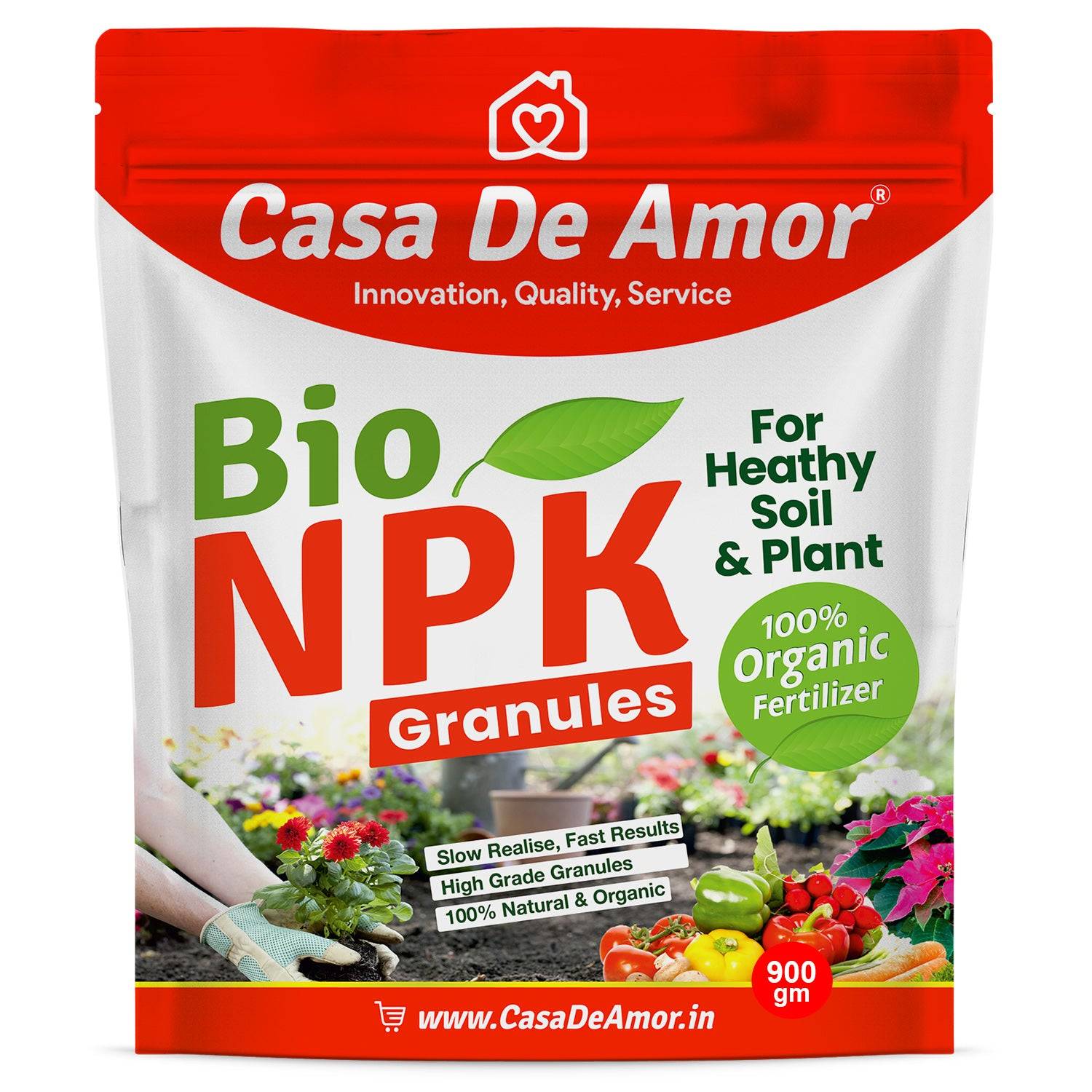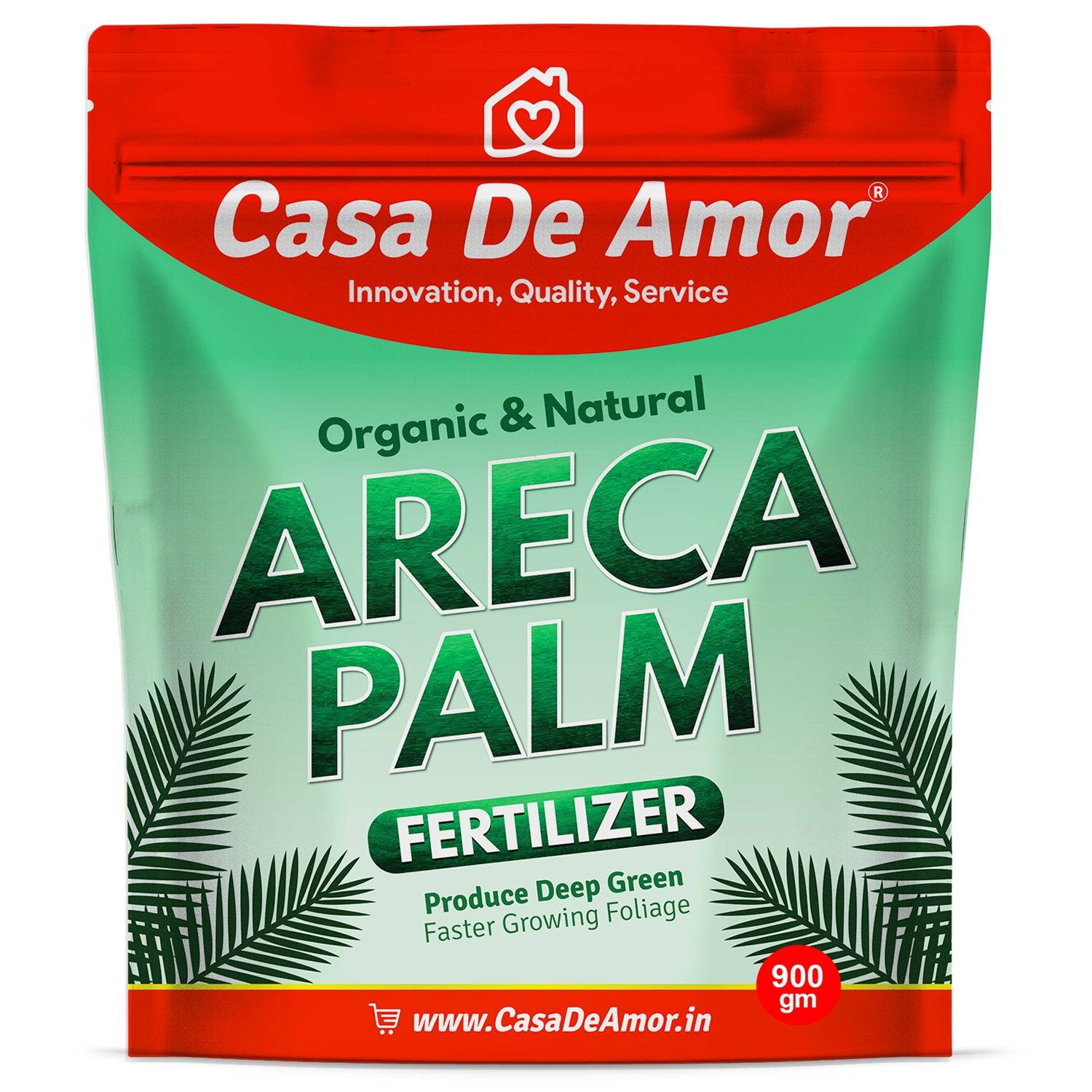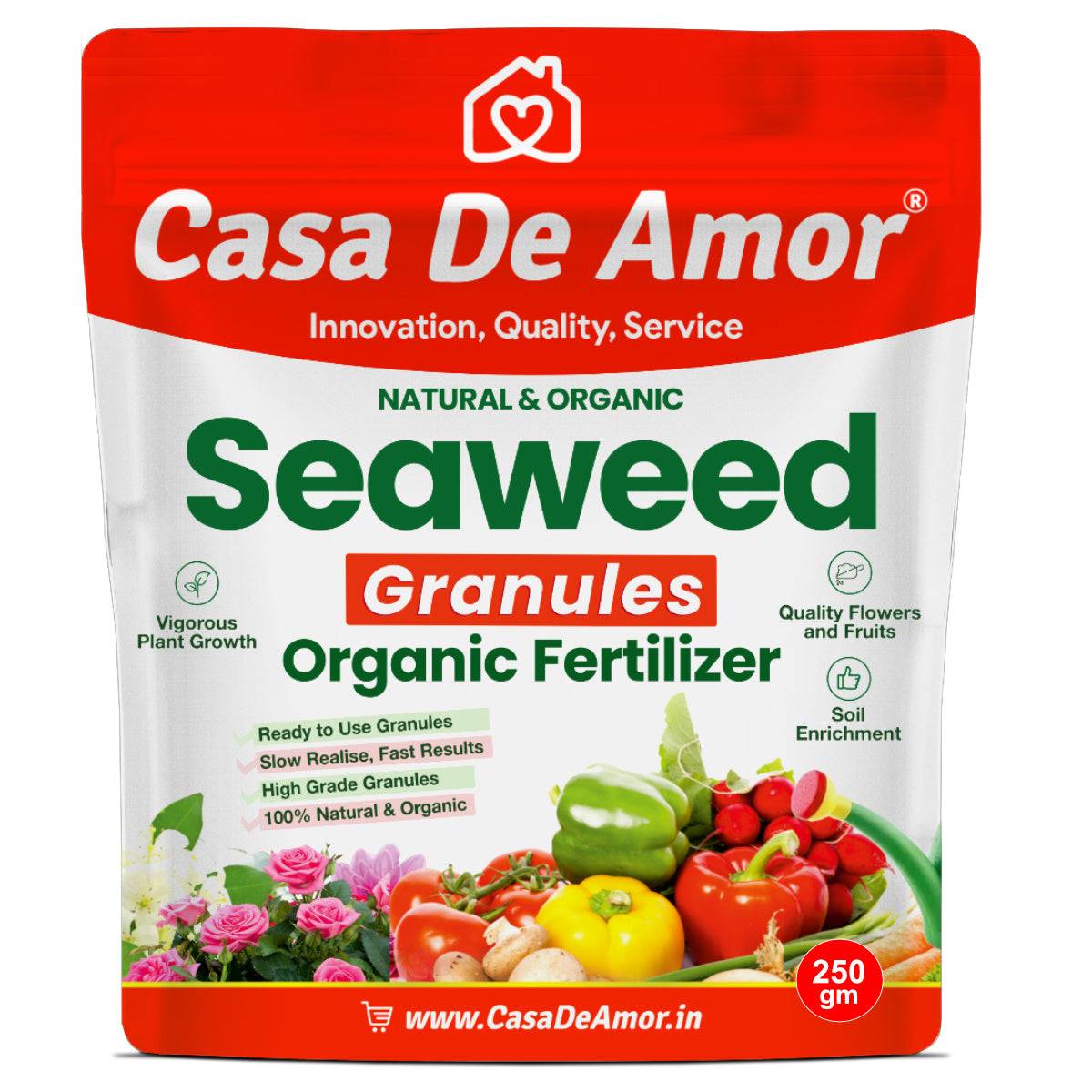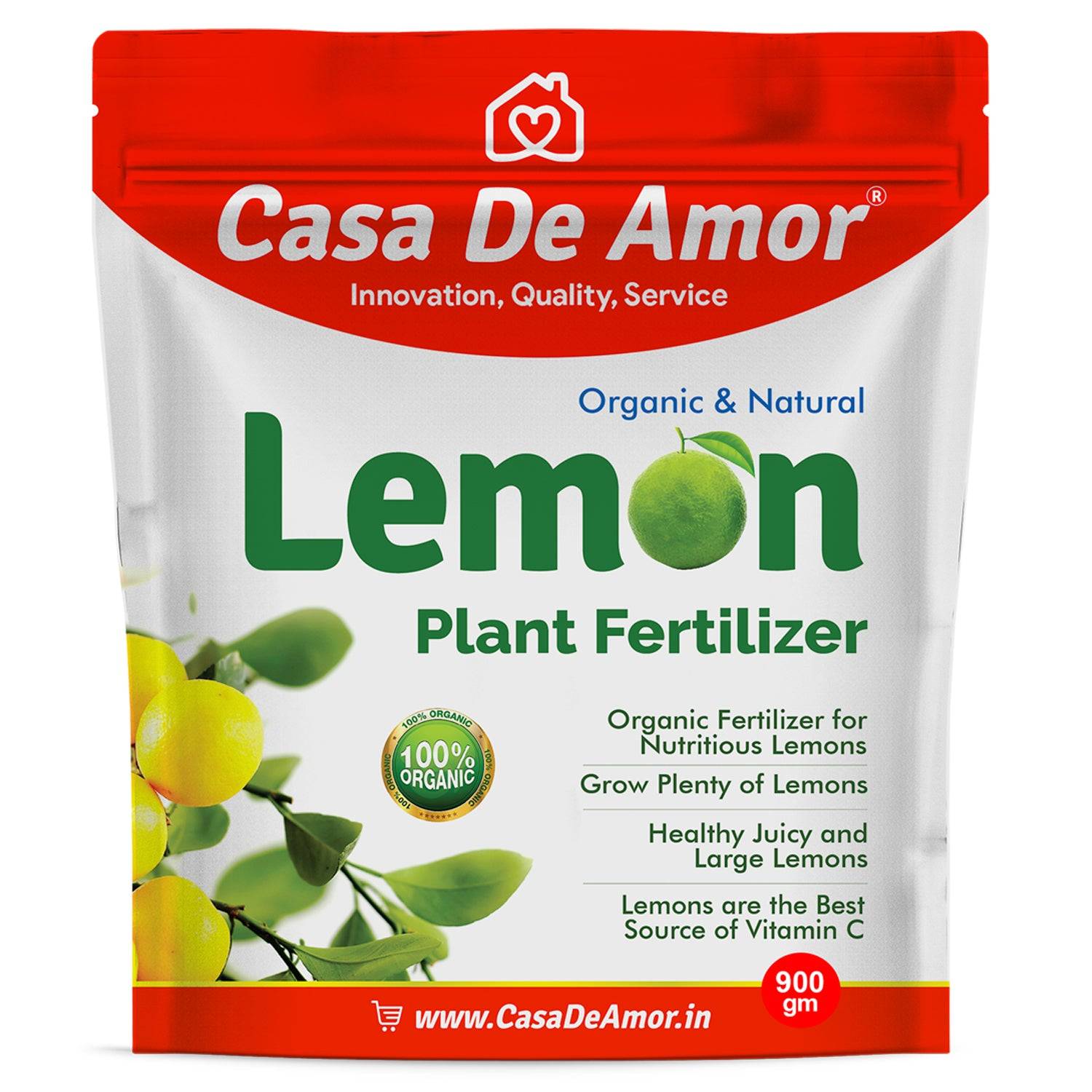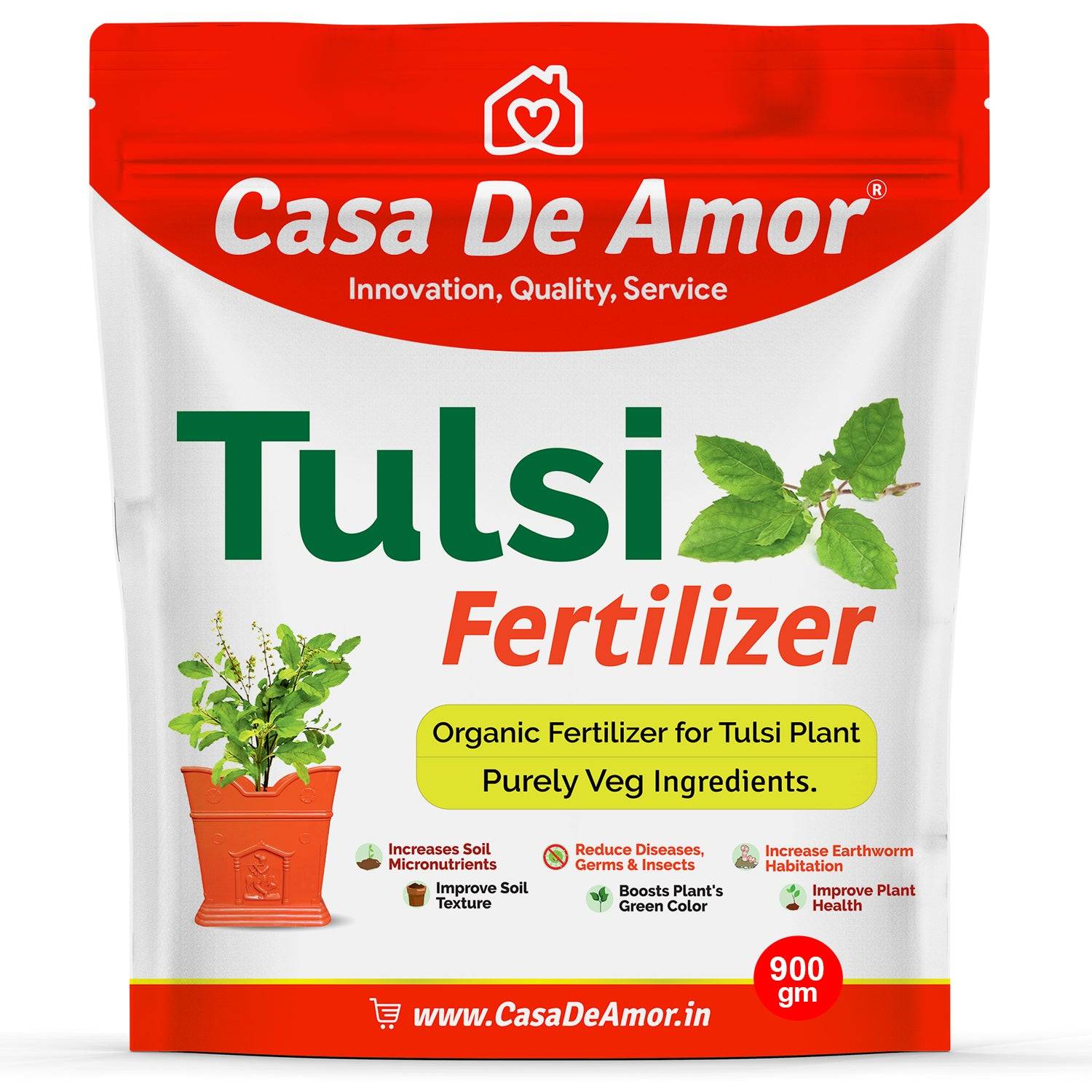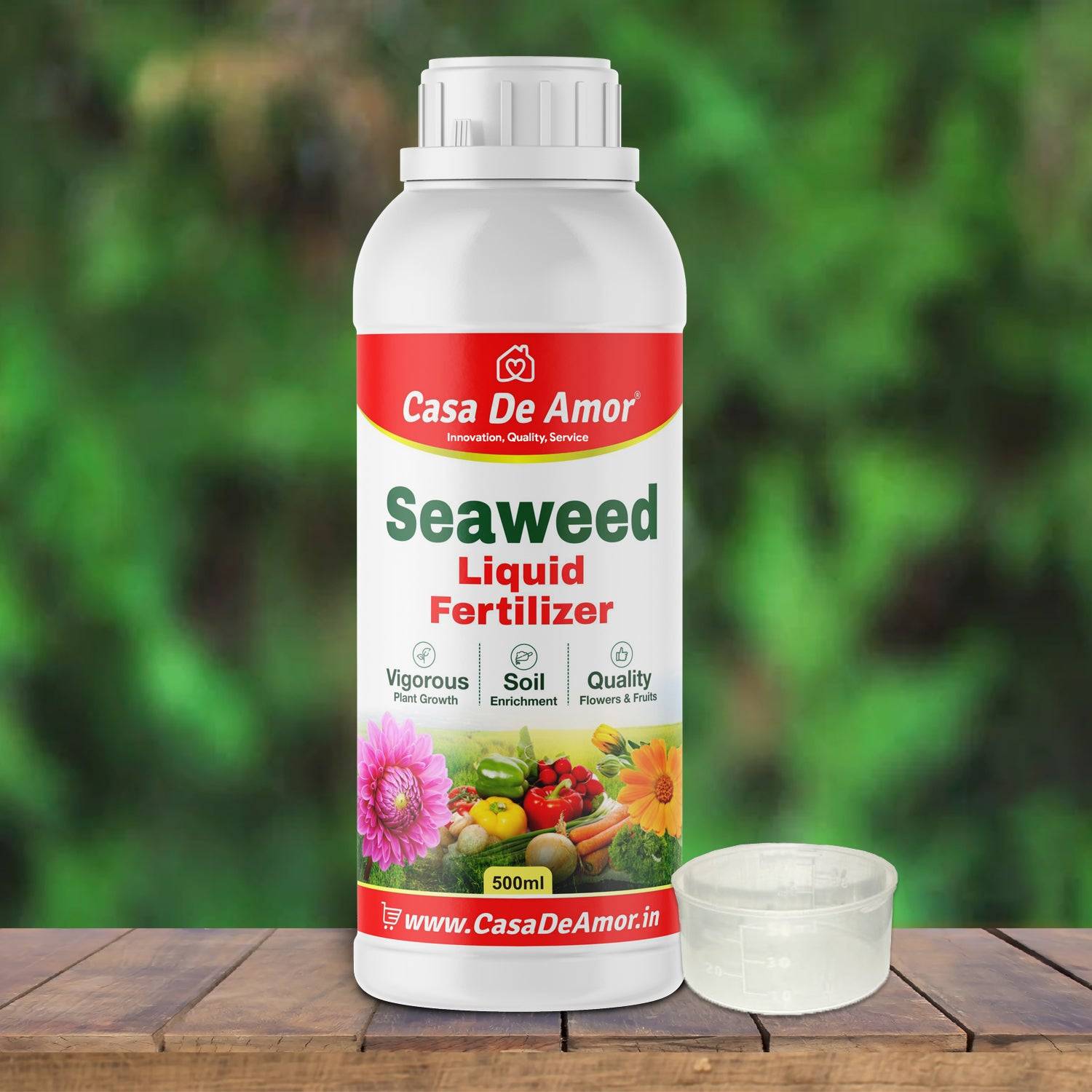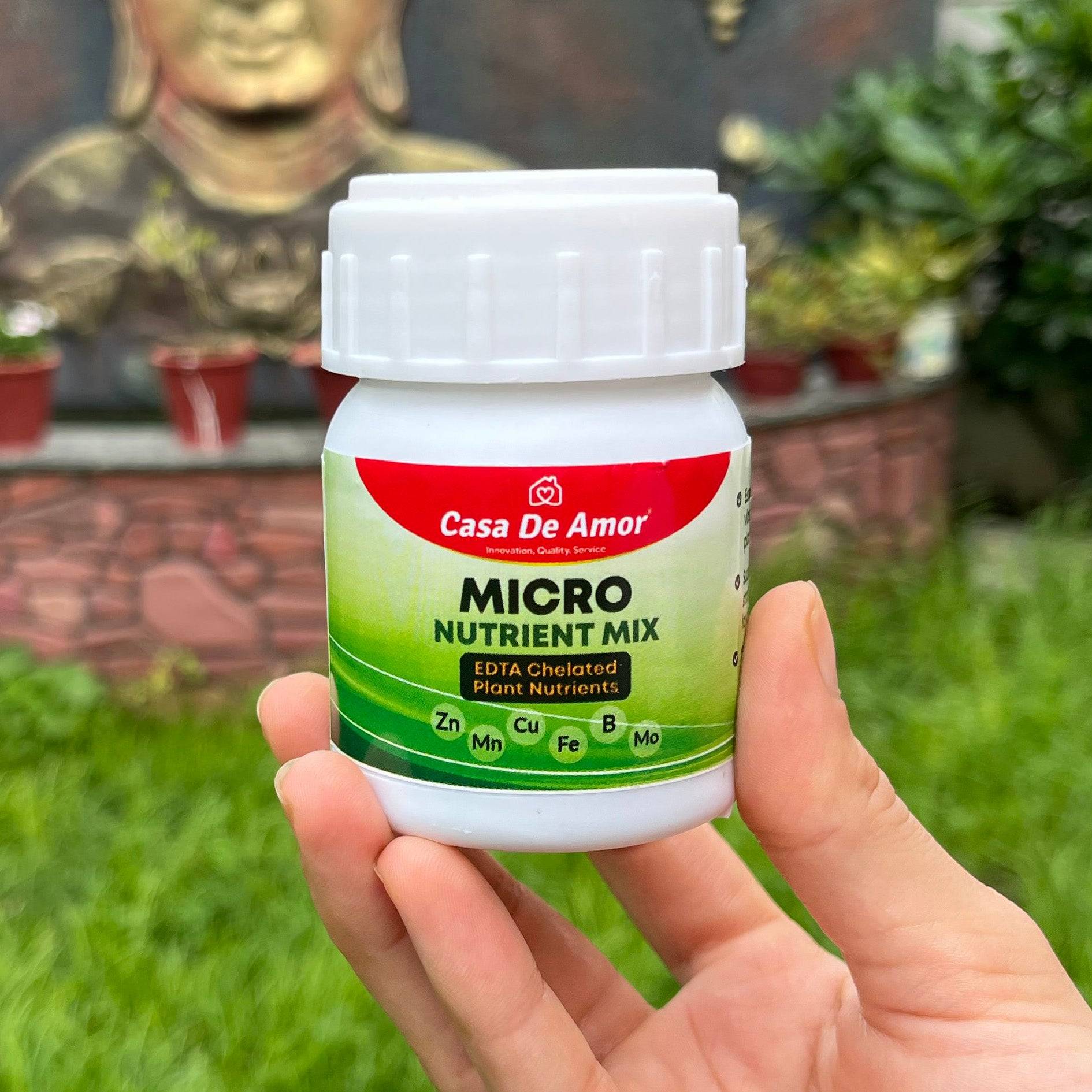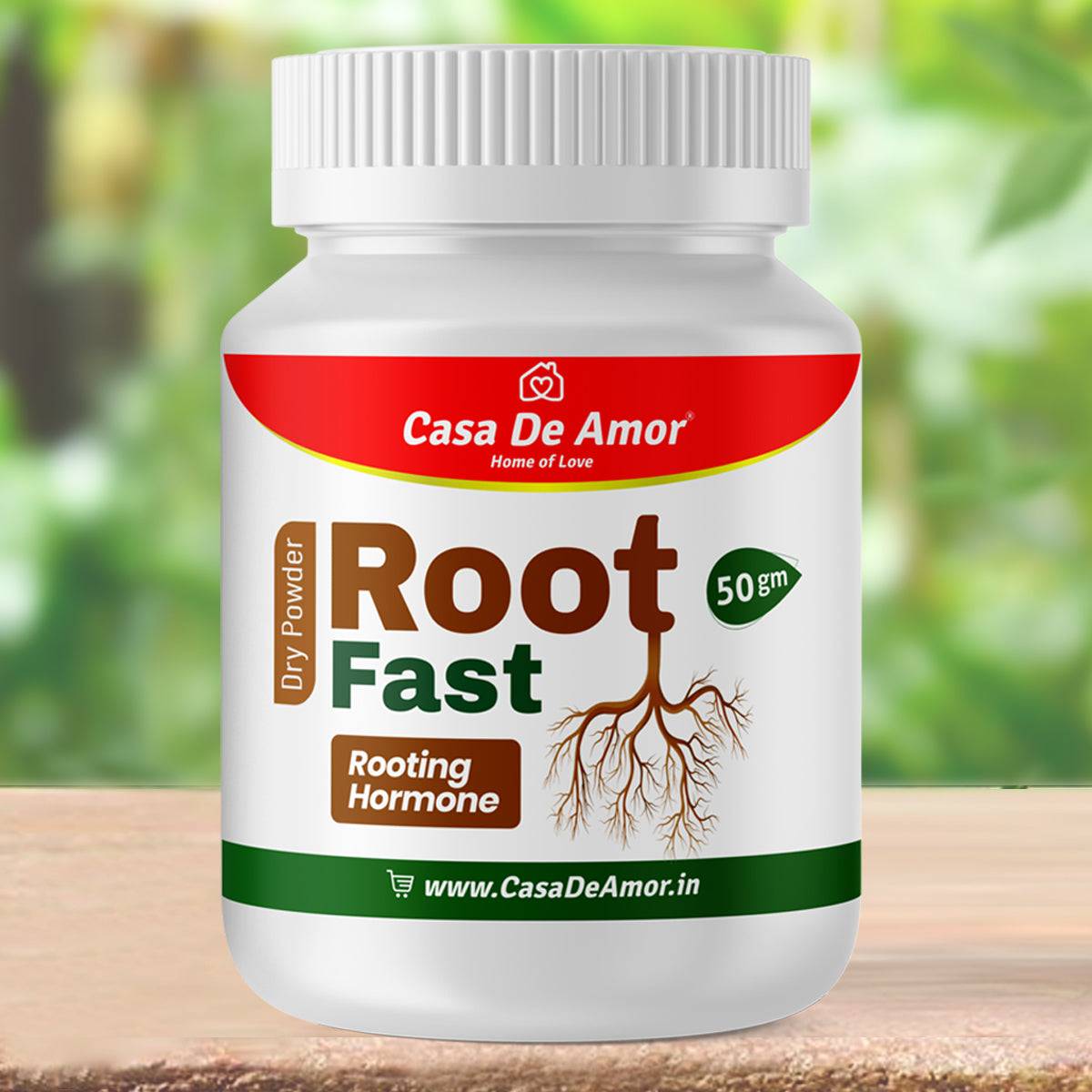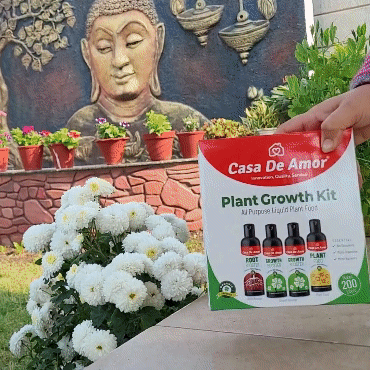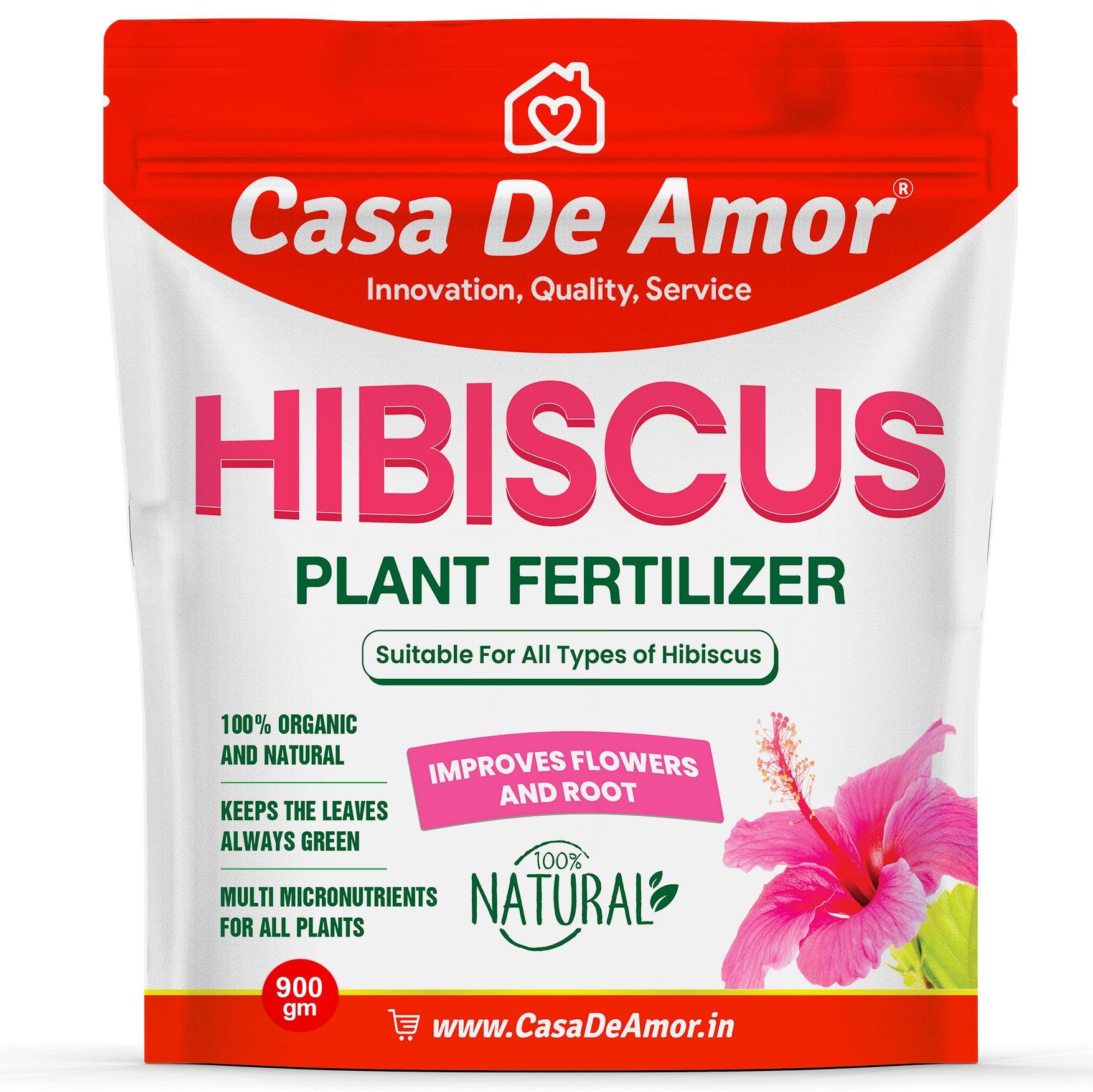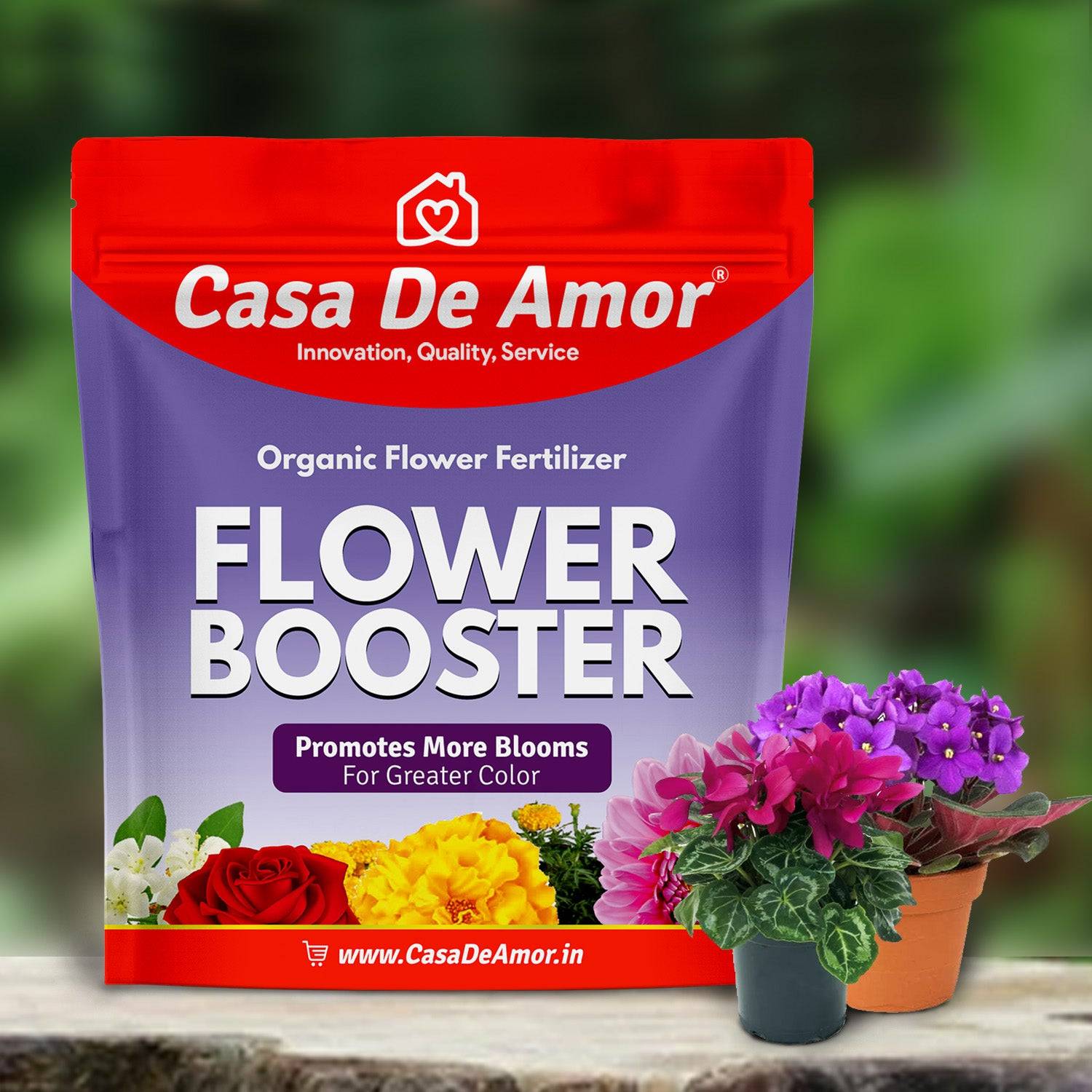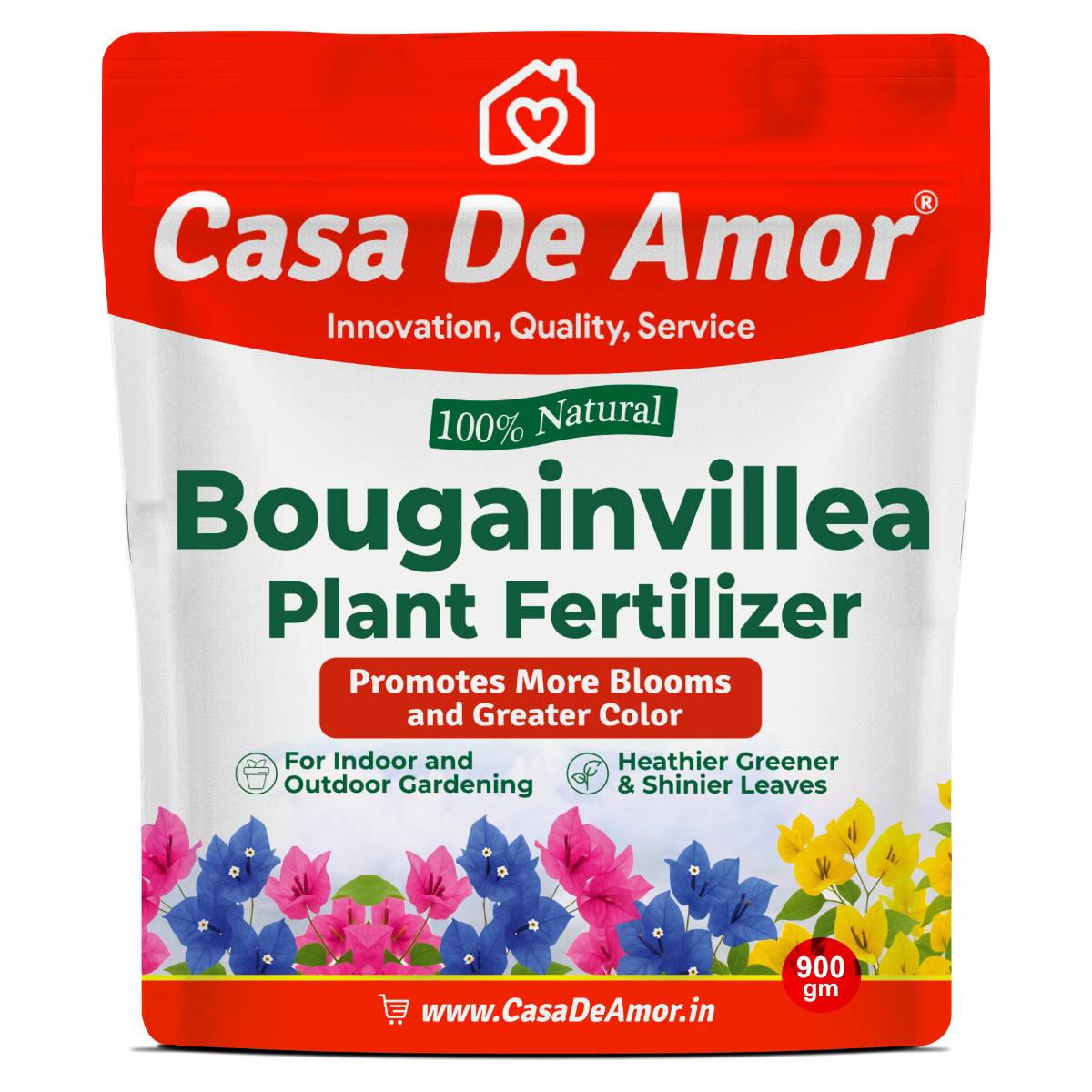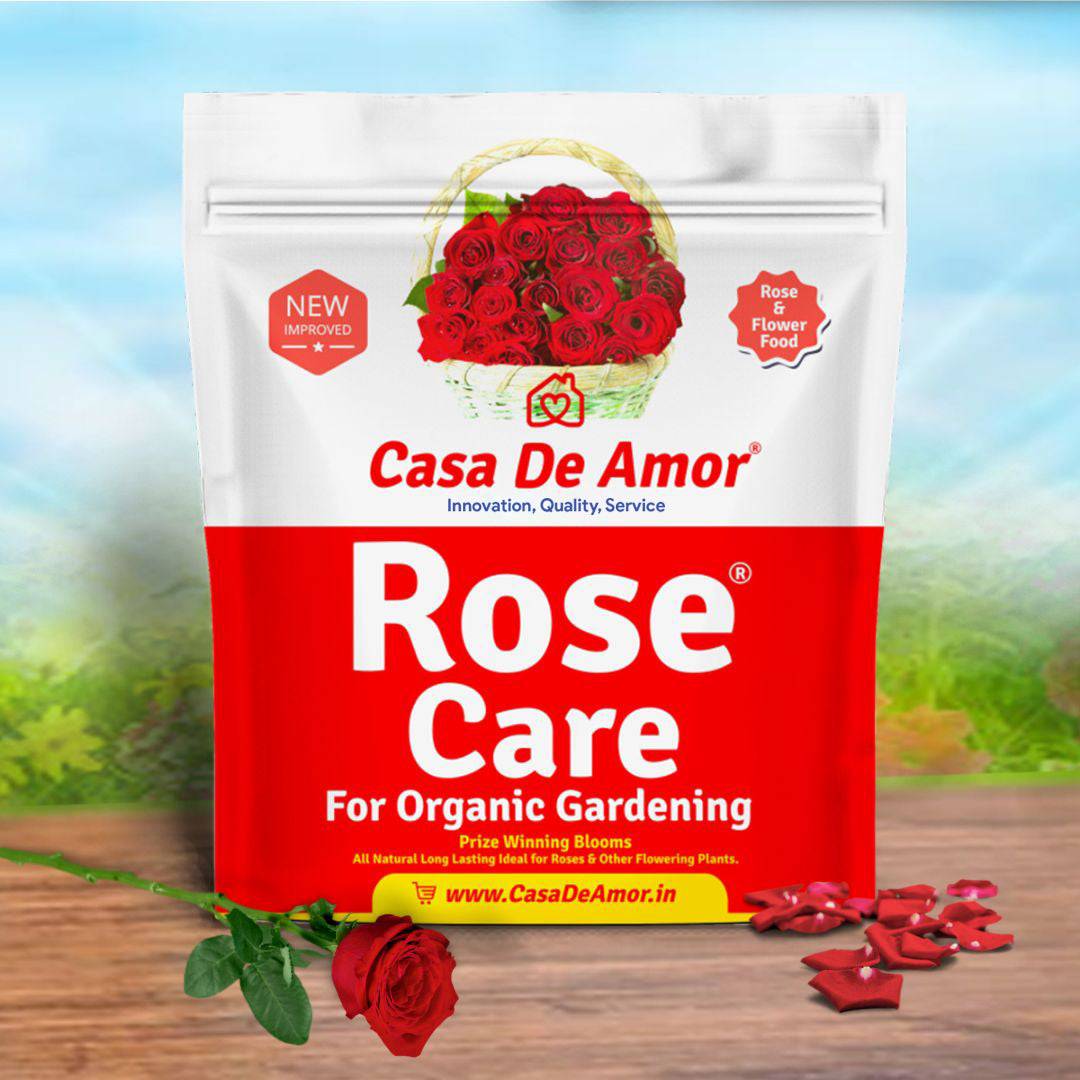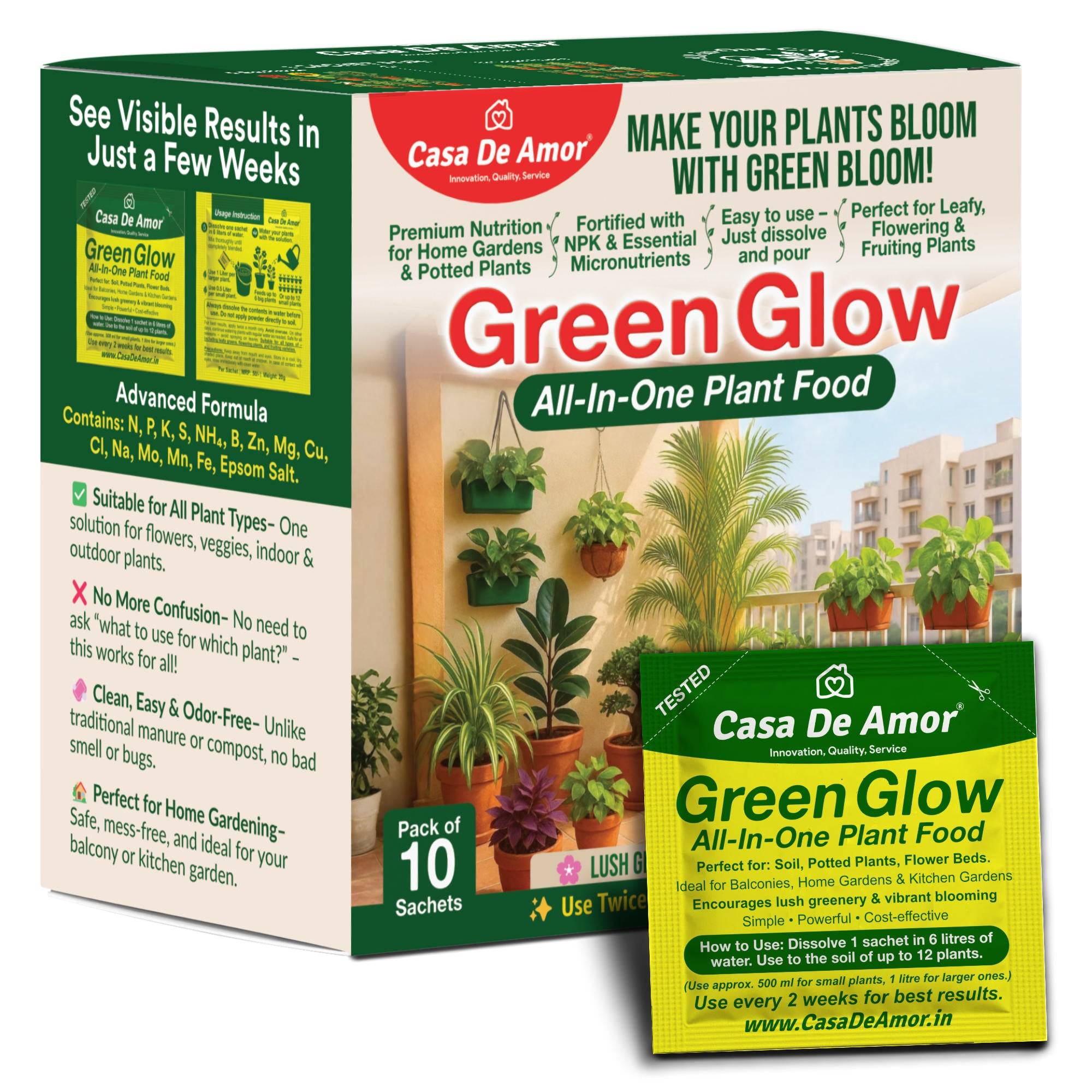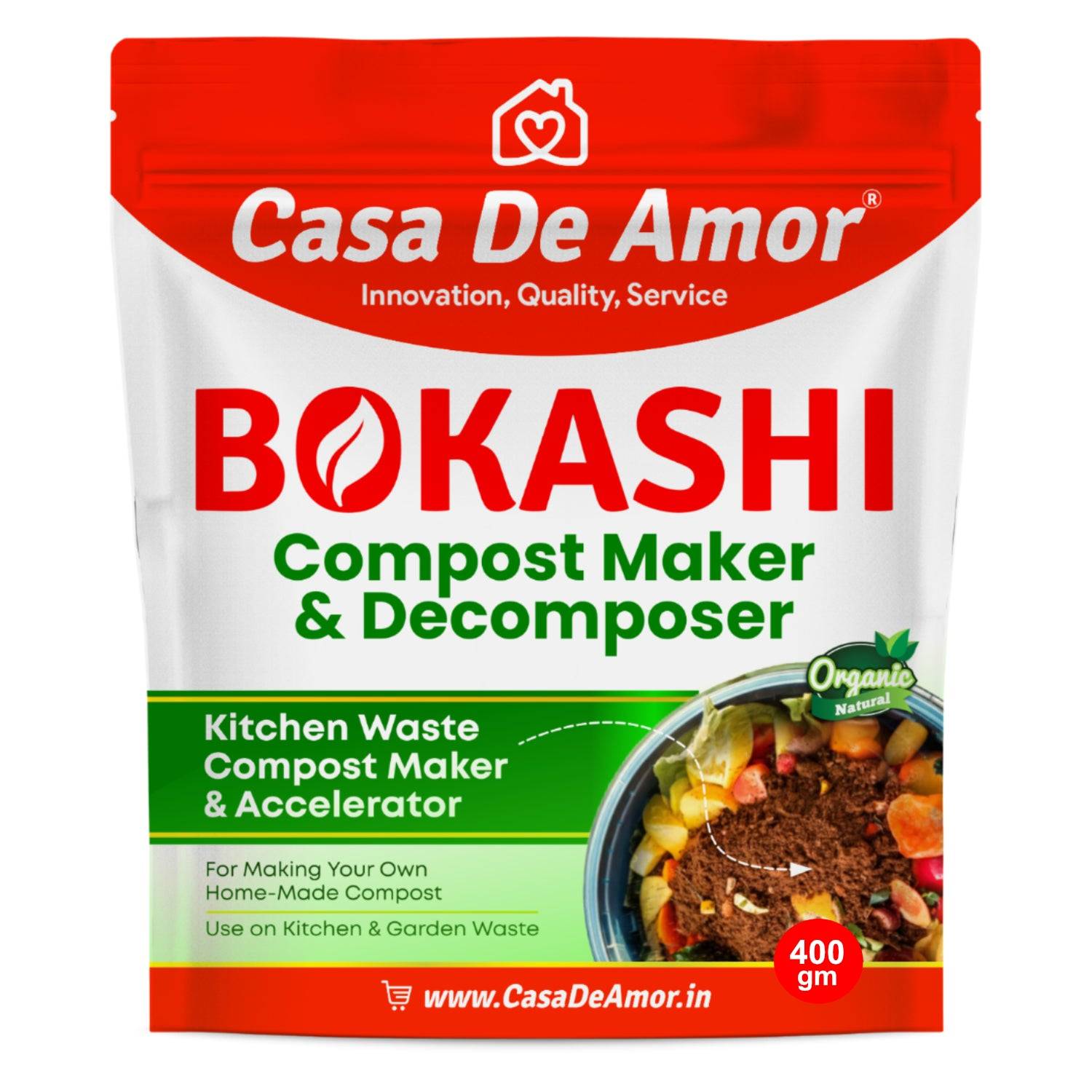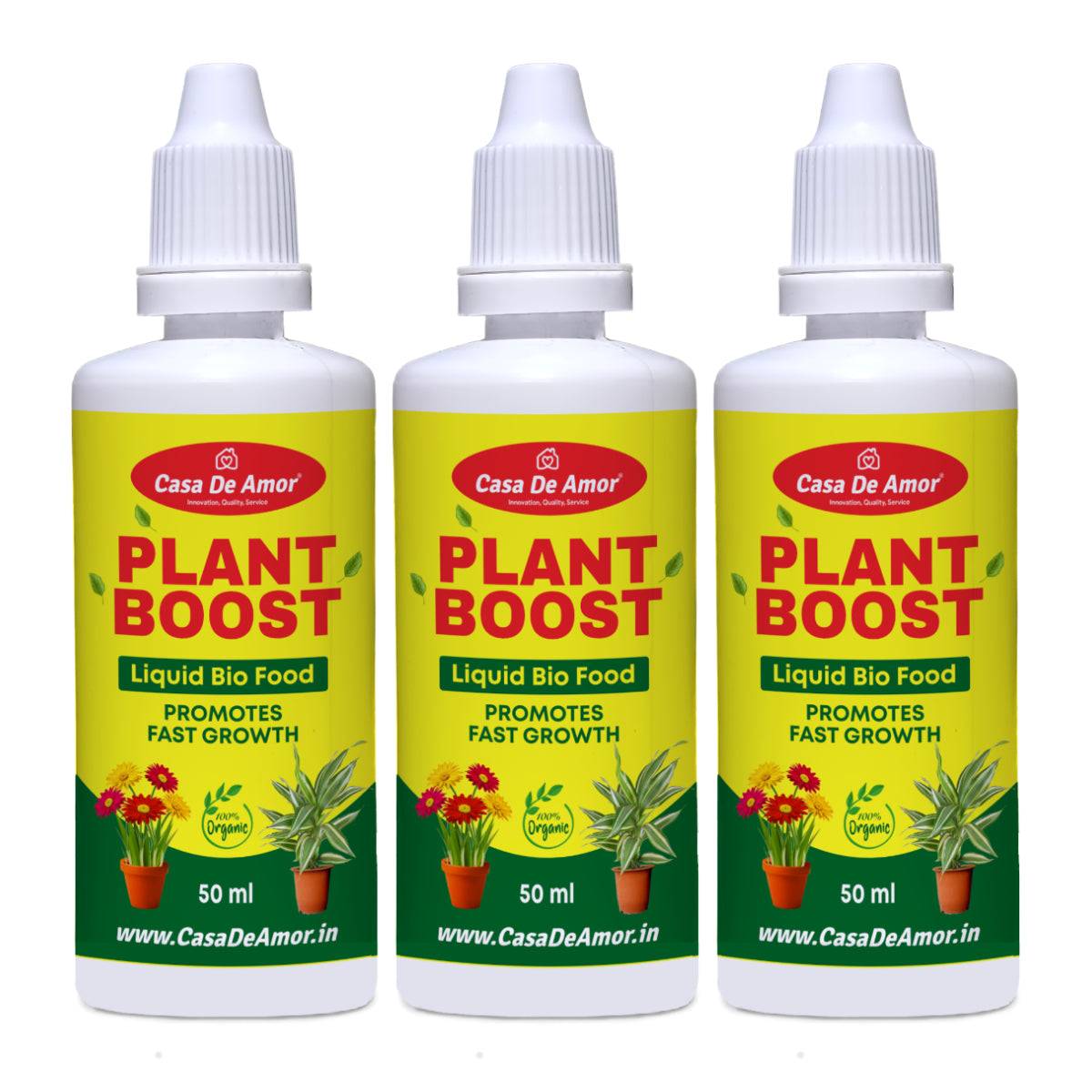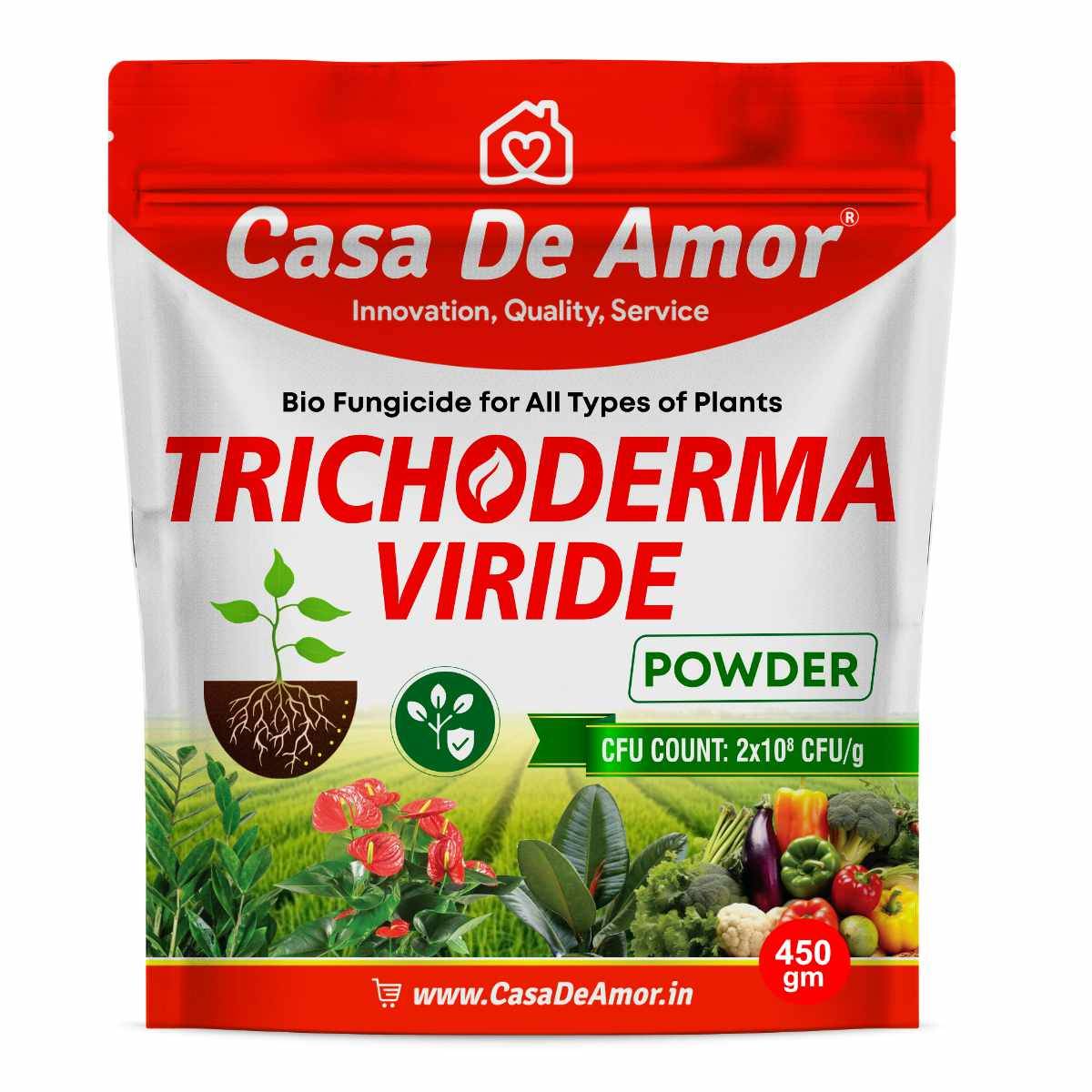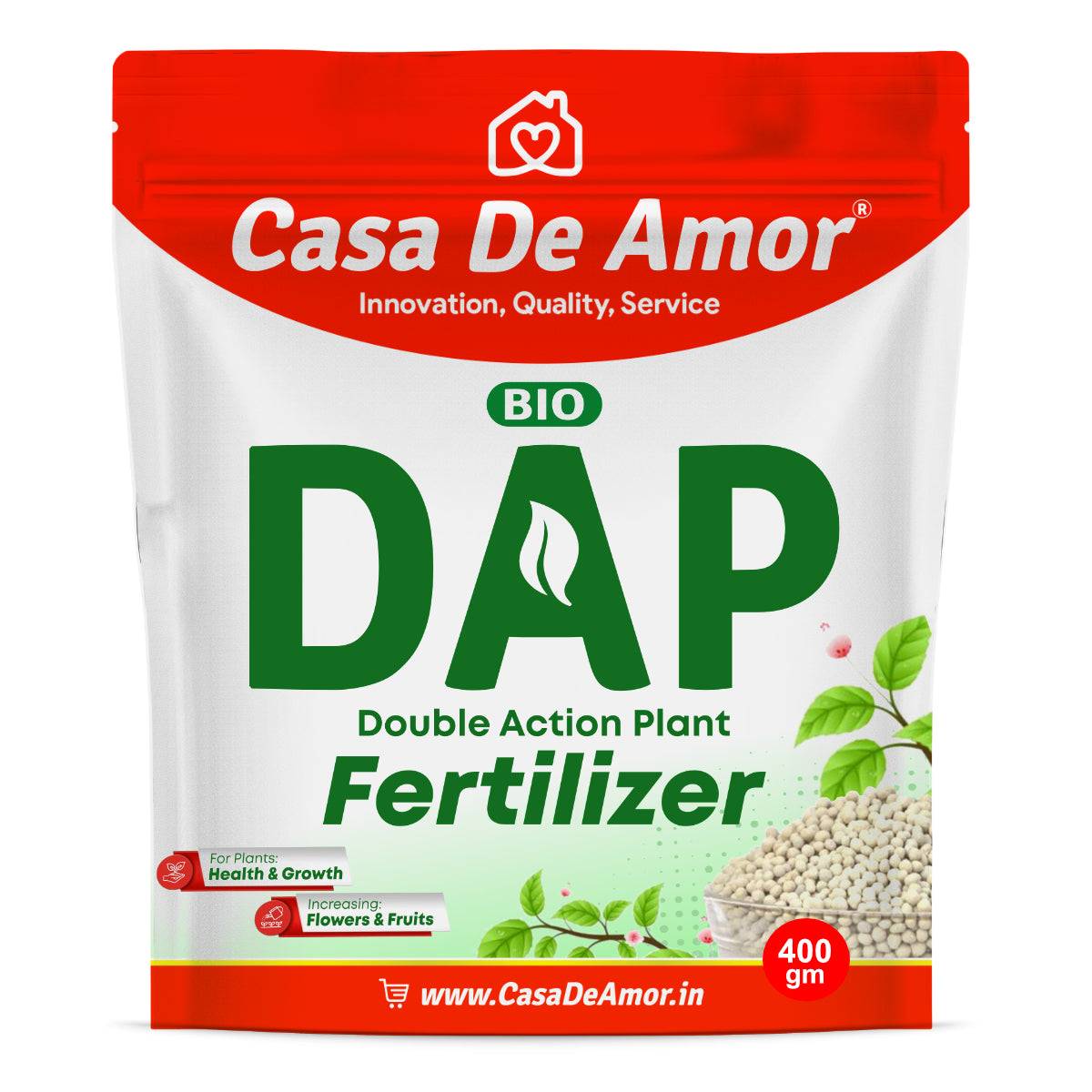Every healthy plant begins with healthy soil. Whether you’re nurturing indoor plants, outdoor shrubs, or flowering gardens, soil and fertilizers play the most vital role in plant growth. The right soil provides essential nutrients, aeration, and drainage, while fertilizers boost productivity and overall plant health.
In this guide, we’ll explore everything you need to know about soil, compost, and fertilizers — their types, uses, and how to create the perfect growing medium for your plants.
🌱 1. Understanding Soil
Soil is not just dirt — it’s a living ecosystem filled with minerals, organic matter, microorganisms, and moisture. It serves as the foundation for plant roots, helping them absorb nutrients and water efficiently.
🧩 Components of Healthy Soil
A balanced soil contains:
-
Minerals (45%) – Sand, silt, and clay particles that determine soil texture.
-
Organic Matter (5%) – Decomposed plants and animals that enrich fertility.
-
Water (25%) – Required for nutrient absorption.
-
Air (25%) – Ensures root respiration and microbial activity.
🌿 2. Types of Soil
Different plants prefer different soil types depending on drainage and nutrient availability. Here are the main types:
🏜️ a. Sandy Soil
🌾 b. Clay Soil
-
Fine texture; holds water.
-
Rich in minerals but poor drainage.
-
Ideal for moisture-loving plants if mixed with compost or sand.
🌻 c. Loamy Soil
-
The perfect mix of sand, silt, and clay.
-
Excellent drainage and nutrient retention.
-
Preferred by most garden and indoor plants.
🌷 d. Silt Soil
🍀 e. Peaty Soil
-
High organic matter, dark color, retains moisture.
-
Slightly acidic.
-
Excellent for acid-loving plants like ferns and hydrangeas.
🪴 3. What Is Potting Soil or Potting Mix?
Potting soil (also known as potting mix) is a ready-to-use growing medium specially formulated for potted plants. Unlike garden soil, it is lightweight, sterile, and optimized for aeration and drainage.
🌿 Common Ingredients:
-
Cocopeat (Coconut Coir): Retains moisture and improves texture.
-
Perlite: Provides aeration and prevents compaction.
-
Vermiculite: Helps retain water and nutrients.
-
Compost or Vermicompost: Adds nutrients and beneficial microbes.
-
Garden Soil: The base for structure.
-
Neem Cake Powder: Acts as a natural pest repellent.
💡 Tip: Always buy high-quality potting soil from trusted brands to ensure your plants grow healthy and pest-free.
🌸 4. Role of Soil in Plant Growth
Healthy soil performs multiple critical functions:
-
Provides anchorage for roots.
-
Supplies essential nutrients like nitrogen (N), phosphorus (P), and potassium (K).
-
Maintains moisture balance.
-
Encourages beneficial microbes that protect roots.
-
Regulates oxygen and temperature around the root zone.
🌿 5. Understanding Fertilizers
While soil provides the base nutrients, fertilizers are like “vitamin supplements” for plants. They replenish the nutrients that are gradually used up during growth.
🧪 What Are Fertilizers?
Fertilizers are natural or synthetic substances that contain nutrients required for plant growth.
🌾 6. Types of Fertilizers
🌿 a. Organic Fertilizers
Derived from natural sources such as plant waste, animal manure, or minerals.
Examples:
-
Compost
-
Vermicompost
-
Cow dung manure
-
Bone meal
-
Neem cake
-
Seaweed extract
Benefits:
⚗️ b. Inorganic (Chemical) Fertilizers
These are manufactured nutrient compounds.
Examples:
Benefits:
-
Immediate nutrient availability
-
Useful for quick plant growth
-
Easy to measure and apply
Drawbacks:
🌻 7. Essential Plant Nutrients
Plants need 17 essential nutrients for proper growth. These are divided into:
🧬 Macronutrients
Needed in large quantities:
-
Nitrogen (N) – Leaf and stem growth
-
Phosphorus (P) – Root development and flowering
-
Potassium (K) – Disease resistance and fruiting
🧫 Secondary Nutrients
-
Calcium (Ca) – Cell wall formation
-
Magnesium (Mg) – Chlorophyll synthesis
-
Sulfur (S) – Protein production
⚛️ Micronutrients
Required in trace amounts:
-
Iron (Fe), Zinc (Zn), Copper (Cu), Manganese (Mn), Boron (B), Molybdenum (Mo)
🌼 8. Organic Fertilizers in Detail
🌿 a. Compost
Decomposed organic matter that enhances soil fertility and moisture retention.
🪱 b. Vermicompost
Produced using earthworms; rich in nitrogen and beneficial bacteria.
💩 c. Cow Dung Manure
Traditional and nutrient-rich, excellent for outdoor plants.
🌰 d. Neem Cake Fertilizer
Made from neem seed residue; acts as both fertilizer and pesticide.
🌾 e. Bone Meal & Fish Meal
High in phosphorus — great for flowering and fruiting plants.
🌊 f. Seaweed Extract
Boosts plant immunity and root development naturally.
🪴 9. How to Apply Fertilizers Correctly
✅ For Indoor Plants:
-
Use liquid organic fertilizers or diluted seaweed solutions every 2–3 weeks.
-
Avoid chemical fertilizers inside the home.
-
Do not overfeed during winter.
✅ For Outdoor Plants:
-
Use compost or cow dung every 20–25 days.
-
Apply NPK or biofertilizers during active growth seasons.
-
Water well after fertilizing.
⚠️ Avoid Over-Fertilizing:
🌱 10. Importance of Soil pH
The pH level determines nutrient availability to plants.
| pH Range |
Type of Soil |
Suitable Plants |
| 4.5 – 6.0 |
Acidic |
Ferns, Azaleas, Hydrangeas |
| 6.0 – 7.5 |
Neutral |
Most vegetables, herbs |
| 7.5 – 8.5 |
Alkaline |
Lavender, Oleander |
Use a simple pH testing kit to check soil balance and add compost or lime to adjust accordingly.
🌿 11. DIY Potting Mix Recipe
Here’s a simple homemade potting mix suitable for most houseplants:
Ingredients:
Optional Additions:
Mix well and store in a dry container. Replace or refresh the soil every 6–8 months.
🌾 12. Soil Enrichment Techniques
🌿 Mulching
Cover soil with dried leaves or bark to retain moisture and suppress weeds.
🌱 Crop Rotation
If you grow vegetables, rotate crops yearly to maintain nutrient balance.
🍂 Green Manuring
Plant nitrogen-fixing crops (like beans) and mix them back into soil for fertility.
🌼 13. Soil for Different Plant Types
| Plant Type |
Recommended Soil Mix |
| Succulents & Cactus |
50% sand + 25% cocopeat + 25% garden soil |
| Indoor Foliage Plants |
40% cocopeat + 40% compost + 20% soil |
| Flowering Plants |
50% soil + 30% compost + 20% cocopeat |
| Vegetables |
40% soil + 40% compost + 20% cocopeat |
| Bonsai Plants |
40% clay + 40% sand + 20% compost |
🪴 14. Organic Gardening Made Easy
Using organic soil and fertilizers is the heart of sustainable gardening. Benefits include:
-
No harmful chemicals.
-
Safe for pets and children.
-
Builds long-term soil fertility.
-
Supports pollinators and biodiversity.
🌱 15. Buying Soil & Fertilizers Online in India
Platforms like Urvann make it easy to purchase:
-
Organic Compost & Vermicompost
-
Cocopeat Blocks
-
Potting Mixes for Indoor & Outdoor Plants
-
Liquid Seaweed Fertilizers
-
Neem Cake & Biofertilizers
With free next-day delivery and eco-friendly packaging, you can easily maintain a green garden without stepping out.
🌿 16. Common Soil & Fertilizer Problems
| Problem |
Cause |
Solution |
| Yellowing Leaves |
Nitrogen deficiency |
Add organic compost |
| Poor Flowering |
Lack of phosphorus |
Apply bone meal |
| Weak Growth |
Soil compaction |
Add perlite or sand |
| Root Rot |
Overwatering |
Improve drainage |
| White Crust |
Salt buildup |
Flush with clean water |
🌸 17. Eco-Friendly Alternatives to Chemical Fertilizers
-
Banana Peel Fertilizer: Rich in potassium.
-
Eggshell Powder: Adds calcium.
-
Epsom Salt Solution: Source of magnesium.
-
Rice Water: Contains nutrients for foliage.
-
Tea Leaves or Coffee Grounds: Boost nitrogen (use sparingly).
🌱 18. Seasonal Care Tips
🌞 Summer
🍁 Monsoon
-
Ensure proper drainage.
-
Avoid waterlogging.
❄️ Winter
🌿 19. Sustainable Soil Practices
-
Reuse potting soil by adding compost.
-
Avoid peat mining — use cocopeat instead.
-
Compost kitchen waste to create homemade fertilizer.
-
Use natural pest repellents like neem oil.
🌸 20. Final Thoughts
Soil and fertilizers form the soul of every garden. Whether you are growing a single indoor plant or maintaining a lush balcony garden, choosing the right soil mix and feeding it with organic fertilizers can make all the difference.
Healthy soil means healthy plants — and healthy plants mean a happier, greener you.
🌿 Shop Smart with Urvann
Order premium soil & fertilizers online at Urvann and enjoy:
Bring your plants to life — because strong roots start with the right soil.


